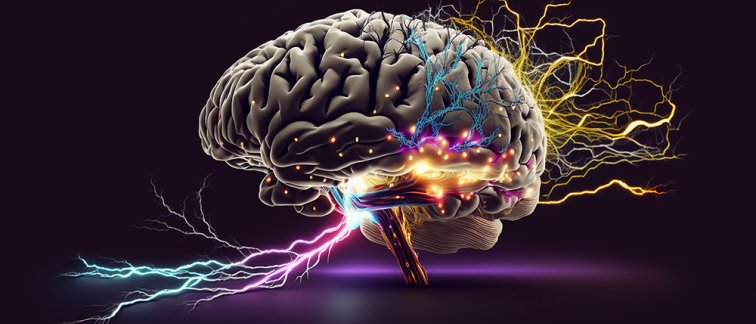Glioblastomas are an aggressive form of brain cancer. Despite intensive research, treatment options remain limited and prognosis for patients is poor, with a life expectancy of only 14 months.
A Cancer Center Amsterdam Foundation-funded PoC/PoP project from Neuro-Oncology is bringing together clinical and preclinical researchers to investigate the safety and effectiveness of a novel approach for glioblastoma treatment: direct electrotherapy using deep brain stimulation electrodes. Project leaders are Lucas Westerink and Natalia Goriounova, and research team members include Philip de Witt Hamer, Linda Douw, Bart Westerman, Pieter Wesseling, David Noske, Martin Klein, Rick Schuurman, Pepijn van de Munckhof, and Matthew Hebb (Canada).
A stronger effect on glioma tumor cells
“The idea is that inducing electrical fields by deep brain stimulation will inhibit glioma cell division by preventing alignment of essential cell structures. It also makes cell membranes more porous which could enhance drug delivery,” says Lucas Westerink, physician in Department of Neurology and Neurosurgery.
using implanted electrodes, we can have a stronger inhibiting effect on the tumor.
The study will combine preclinical investigation of biological mechanisms and optimal settings of the treatment in ex vivo glioblastoma models with a clinical safety study in patients. This allows for a better understanding of the potential benefits and risks of the therapy before moving into larger clinical trials.
'Zapping' brain cancer cells
Electrotherapy using a portable, non-invasive device that transmits low-intensity electrical fields through the scalp and into the brain has already received approval (US FDA) for glioblastoma treatment. This device induces apoptosis (cell death) and inhibition of mitosis in cancer cells, although the precise mechanisms of action are unclear. However, the non-invasive device has several drawbacks including the need for a shaved head, frequent electrode changes, scalp complications, external device stigmata, and inability to target deep-seated disease. The researchers hope to overcome these limitations by implanting stimulating electrodes directly in the brain.
“We think that by applying deep brain stimulation using implanted electrodes, we can have a stronger inhibiting effect on the tumor,” says Lucas Westerink. “DBS with implanted electrodes is already a known effective and safe therapy for neurological diseases like Parkinson’s disease.”
Potential for combination therapy
The study will also investigate the potential for combining electrotherapy with compound inhibitor drugs to improve treatment outcomes for patients. This could lead to the development of new treatment strategies for glioblastoma that target multiple pathways.
“We’ll start by testing drug combinations identified in the lab of Bart Westerman (using the drug-atlas concept) in a model system made from cultured glioblastoma tissue that was established in my lab,” says Natalia Goriounova, assistant professor in the Department of Integrative Neurophysiology, Center for Neurogenomics and Cognitive Research (CNCR), Vrije Universiteit Amsterdam. “We are hoping to see a long-term synergy from electrotherapy and drug combinations. Some of the drugs we will be testing have a poor blood-brain barrier penetrance potential and are therefore expected to be candidates for more effective delivery due to the electric fields.”
Bench to Bedside
“While there is still much work to be done, this early clinical study has the potential to revolutionize the treatment of glioblastoma and showcases the important role that bench-to-bedside research can play in advancing cancer care,” concludes Lucas Westerink.
For more information, please contact Lucas Westerink (clinical) or Dr. Natalia Goriounova (preclinical).
Main applicants and department1. Clinical researcher: Lucas Westerink, department of neurology and neurosurgery2. Pre-clinical researcher: Natalia Goriounova, department of Integrative Neurophysiology,Center for Neurogenomics and Cognitive Research (CNCR), Vrije Universiteit Amsterdam
Project members
Philip de Witt Hamer, Linda Douw, Bart Westerman, Pieter Wesseling, David Noske, Martin Klein, Rick Schuurman, Pepijn van de Munckhof, and Matthew Hebb (Canada).
Project title:
Direct electrotherapy for glioblastoma using deep brain stimulation electrodes
Another Cancer Center Amsterdam Foundation funded Proof of Concept (PoC) / Proof of Principle (PoP) project was highlighted earlier this month.
Text by Laura Roy
This article was created for Cancer Center Amsterdam.
© 2023 NHBC– All rights reserved.

